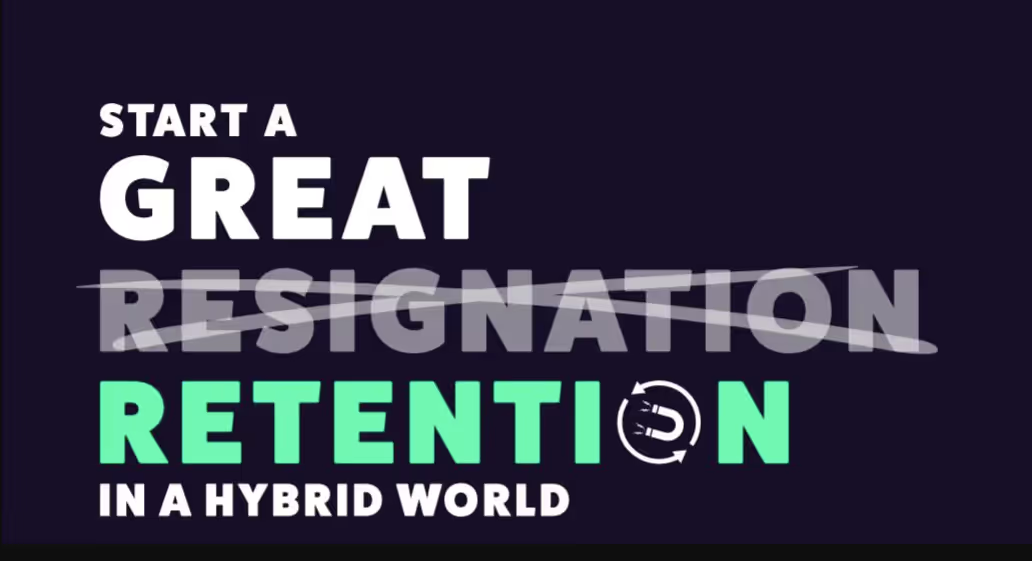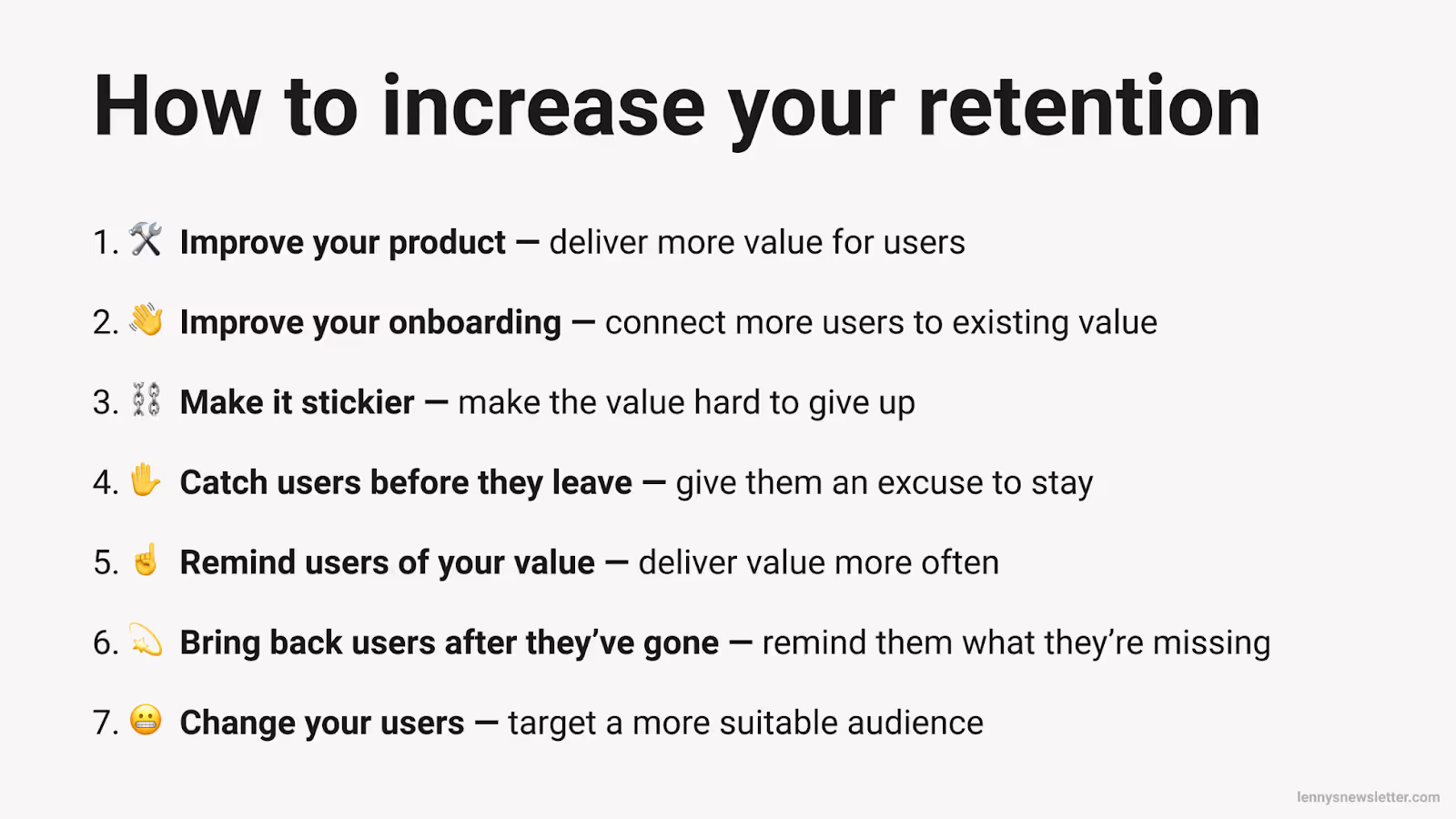The Power of a Great Retention Program: Benefits and Implementation

38.6 million resignations are estimated to have occurred between January and September 2022 alone, according to the Bureau of Labor Statistics, and "quits" have remained pretty stable month over month.
While this is happening, companies suffer the negative effects of employee turnover, including decreased morale, productivity, and engagement due to the need for surviving employees to pick up the slack left by departing team members frequently.
As the compensation is locked, many exits occur in January and February in the US, the SEA, and India. Due to the salary freeze, retention is unquestionably the top agenda item across all firms, particularly among C&B teams.
Since 2022 saw a lot of attrition, 2023 will be the year that all organizations want to focus on retention. C&B will consequently play a significant part in accomplishing that goal, which is where Comport comes in.

Now the question is how to achieve a great retention period and overcome the great resignation period of the previous year.
Pay equity and transparency, for instance, is one factor to consider, along with employing effective tools for better outcomes. But that's not all! There's much more that you can explore below in this article.
Reassessing How Employees are Engaged
The pandemic has severely harmed employee well-being and disrupted work-life balance, taking a heavy toll on workers. In response, some firms implemented flexible work practices and charged their HR departments with implementing new wellness programs to maintain employee engagement.
But for many firms, it quickly became impossible to balance employee involvement with the need to put employee health and safety first. Team members were exhausted despite the HR departments' overburden and overwork.
With a defined plan for improving employee experience, businesses can retain their best employees and stay within their objectives. To build an employee retention strategy where team members have the opportunity to grow, develop, and be recognized, human resource teams must collaborate with company leaders.
But in reality, HR shouldn't be the only department responsible for ensuring employee engagement. Developing and implementing an employee retention plan must be a top-down, company-wide initiative that involves collaboration between HR leaders and C-level executives.
How to Increase Retention After The Great Resignation
Business executives must first comprehend why employees are quitting their jobs to turn the Great Resignation into the Great Retention in the upcoming year.
Instead, concentrate on the following culture-related aspects to bring about the Great Retention:

Establish a productive workplace
Get your supervisors on board as the first step in developing a healthy work environment (remember, difficulties in management were the prime reason employees left a job the past year). Focus on open communication to improve your staff and supervisors' rapport. 1:1 meetings, active listening, and open-door policies are all good ideas, but you might need to provide more training to ensure managers are genuinely approachable and helpful.
Other strategies to make your workplace better for your employees include emphasizing or stepping up your diversity and inclusion initiatives, putting in place official recognition programs, and broadening the alternatives for how work is done (e.g., remote, flex time, hybrid, gig jobs, and job sharing).
Focus on your well-being
31% of workers reported a decline in their mental health in the previous year, and stress, burnout, and other work-related mental diseases are rising. Offering therapeutic benefits such as an employee support program, subscription to mindfulness apps, virtual counseling, and mental health PTO (and making sure your business' health insurance covers mental health services) can help you start addressing your employees' well-being and increasing retention. Flexibility also permits team members to achieve the desirable work/life balance by lowering stress levels and improving their mental health.
Remember your employees' financial health; you may help by providing them with access to a financial consulting service, a lifestyle savings account, and money for things like home office equipment, travel expenditures, student loans, and more.
Encourage professional development
Today's workforce wants to know what lies ahead for them and whether they can picture themselves staying with you in the long run. Give your employees a chance to develop their talents and advance their careers because stagnation can cause disengagement, quiet quitting, and outright quitting. Provide associates with training (adjacent learning, cross-training, reskilling, and upskilling), pay for their educational expenses (coursework, certifications, and advanced degrees), and assign "stretch assignments" that are difficult for them to complete but allow them the opportunity to learn. Encourage managers to collaborate with their teams to articulate their professional aspirations and establish a path for achieving them.

Finally, ensure that everyone in your firm knows, agrees with, and supports your objective. Make sure your staff understands how their contributions advance that objective so that they may perform fulfilling and important work. Their likelihood of sticking around and progressing within your company can increase if they find their employment gratifying and important.
Organize "stay" interviews
Holding structured talks with your present employees to learn more about what they need to retain job happiness is one last but really powerful retention strategy that is frequently missed. These "stay" interviews will enable you to anticipate issues and create a retention strategy before it's too late. Additionally, stay interviews help develop a culture of openness and trust. Be receptive to candid criticism, but only press a little hard if a worker declines to elaborate.
Examples of stay interview questions are as follows:
- Which responsibilities of your employment do you love the most?
- What would you change about your career to make it more fulfilling if nothing was off the table?
- What might prompt you to look for a new job?
- Can you tell me about a recent workday that was frustrating for you and a superb one?
Pay equity management
Pay equity is essential to make each employee of the organization feel valued and get the compensation they deserve for specified job roles, irrespective of discriminatory factors. This will help with the retention of skilled and valuable employees.
Timely and Skill-based promotions
The promotions offered in the organization must not be restricted to just the factor of experience. It must also include other factors for consideration, like the skills of each employee. Furthermore, they must be timely too. These elements help in ensuring that the employees stay satisfied with their job roles and incentive structures and prefer staying with the organization for a longer period.
HRs must consider all these factors while figuring out promotions and growth of the employees to ensure higher retention.
Long-term incentives like ESOPs
Apart from just the promotions and bonuses, investing in long-term incentives like ESOPs acts as an added advantage for ensuring higher employee retention. Ever since the Covid-19 outbreak, people have started considering long-term benefits for the betterment of their future generations and family, and these long-term incentive structures act as a major attraction after it all.
HR directors must combat expensive talent turnover by fostering a good, inclusive, and flexible work environment that promotes workers' well-being and career progression objectives. Furthermore, many retention strategies mentioned above are doable and inexpensive for businesses of all sizes. We can make 2023 the year of the Great Retention if we work together.
Great Retention's Objective Is To Reverse The Great Resignation
We want to build a culture:
- Where every worker feels appreciated.
- Where remote workers experience engagement and connection.
- Where employers hear and respond to employee feedback.
- Where every company's culture places a high priority on diversity, equity, and inclusion.
- Where each workplace is motivated by a mission.
Putting People First as an Organization
The best workplaces work just as hard to give their staff members outstanding experiences as they do for their customers. But until recently, a Powerpoint slide served as both the beginning and conclusion of many firms' employee experience strategies.
Adopting a people-first mentality that permeates every area of your culture is the key to a successful employee experience plan. Starting with a specific mission statement might be helpful when developing your employee experience. Clarifying your intentions and creating a vision will aid in decision-making.
Even though it might seem straightforward, centering your engagement strategy on a particular vision might help you realize what matters most to your company. The numerous decisions HR teams and organization leaders must make, including weighing job flexibility and employee mental health, are easy to become overwhelmed by. However, a clear mission statement can aid in your ability to view things more clearly.
The employees of the organizations we deal with are loved and supported by Comport. Therefore, we prefer to consider whether a new or existing program will foster a sense of gratitude and value among my staff. If the response is yes, our organization should seriously consider the idea. We put off the endeavor if the answer is unfavorable.
Taking a Step
Reevaluating employee engagement can initially seem like a lot of work. However, a positive employee experience can impact every part of your business. A positive company culture increases employee productivity, satisfaction, and turnover rates. And all of these things have the potential to affect your bottom line significantly.
Find out how Compport can help you manage all your Benefits and Implementation process, book a demo today!
%2520(6)%2520(2).avif)
Frequently Asked Questions
Q1: Why is retention important for companies?
Retention is crucial for companies because it helps maintain employee morale, productivity, and engagement. High turnover rates can negatively impact the work environment and place a burden on remaining employees. Retaining talented employees is essential for long-term success and growth.
Q2: What steps can companies take to prioritize employee well-being?
Companies should prioritize employee well-being by addressing mental health concerns. This can be achieved by offering resources like employee support programs, virtual counseling, and mental health PTO. Additionally, providing flexibility in work arrangements can help employees achieve a better work-life balance
Q3: What are "stay" interviews and how can they improve retention?
"Stay" interviews involve structured conversations with current employees to understand their needs and ensure job satisfaction. These interviews help identify potential issues and develop retention strategies. They also foster a culture of openness and trust within the organization.
Q4: Why is pay equity management important for retention?
Pay equity ensures that employees feel valued and receive fair compensation for their roles, regardless of discriminatory factors. By implementing pay equity practices, companies can retain skilled and valuable employees who feel recognized and appreciated.
Q5: How can adopting a people-first mentality benefit employee experience?
Adopting a people-first mentality means prioritizing the well-being and experiences of employees. This approach leads to a positive company culture, increased productivity, higher job satisfaction, and lower turnover rates. A people-first mentality helps create a supportive and engaging work environment.


%20(48).png)
%20(47).avif)
%20(46).avif)
